How to Fix Homegroup Missing in Windows?
Quite recently, we have been getting a lot of complaints from users who can’t seem to locate the homegroup feature on their updated Windows 10 installation. In this article, we will explain the use and the disappearance of the feature while providing some viable alternatives for it.
What is HomeGroup?
Windows Homegroup was a feature that was introduced in Windows 7 as an innovative way of sharing files between computers. It created a password to join a specific group of computers all of which were then linked together and allowed the sharing of Files and Printers. This way the “Libraries” and other Files/Folders could be easily shared between multiple computers on the network. In a similar way, a certain printer connected to a particular computer on the network could be used by all the people on that Homegroup.
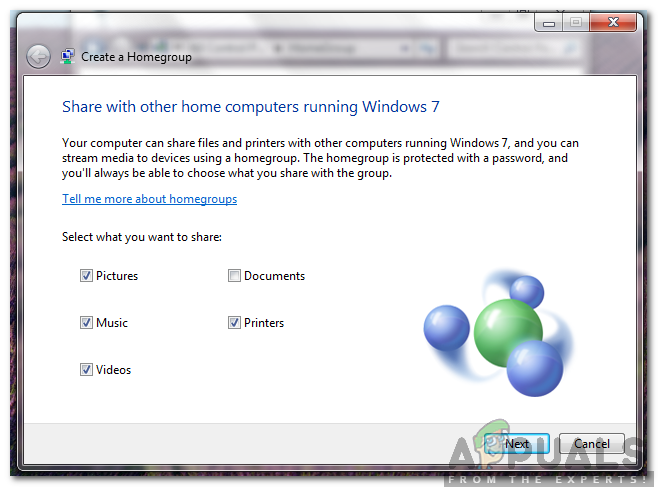
Why was Homegroup Depreciated?
This feature was very important for some people and even offices. However, quite recently, Microsoft has removed this feature entirely from the newer versions of Windows 10. The version 1803 and all the later ones to be released will not include homegroup. Microsoft describes that this feature was outdated and in today’s world of Cloud storage it had no place. That is a surprising statement from the company because the feature had no noticeable impact on performance and was still in use by a number of people.
How to Share Files Without Using Homegroup?
There are many alternatives that users can explore to fill in the void left from the removal of this feature. Ranging from some online “Cloud” Storage applications to offline sharing between computers through a “Local Area Network“. We can help you in this regard by pointing out some of the alternatives that you can use to continue sharing folders and files between computers.
Click here to learn about the method to share files and folders between two computers. These methods can be used to share folders or files between any two computers using any operating system. When sharing the computers need to be connected to the same computer and the Network Discovery should be on in order to initiate the sharing process.
How to Share a Printer on Windows 10?
The feature to share a printer on Windows 10 has been integrated into the operating system and a standalone application is no longer necessary to perform this action. Therefore, in this step, we will be sharing a Printer connected to a computer with another computer on the same network.
- Press “Windows” + “R” keys simultaneously to open the “Run” Prompt.
- Type in “Control Panel” and press “Enter“.
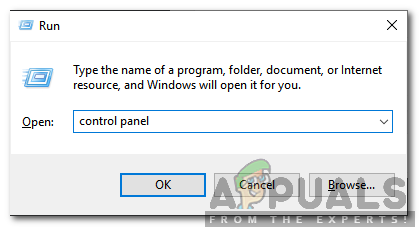
Typing in Control Panel and pressing Enter - Click on the “View Device and Printers” option under the “Hardware and Sound” option.
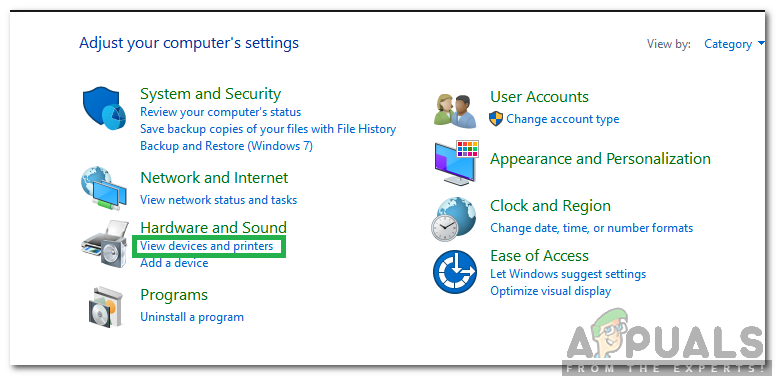
Clicking on the “View Devices and Printers” option - Right–click on the printer that you want to share and select “Properties“.
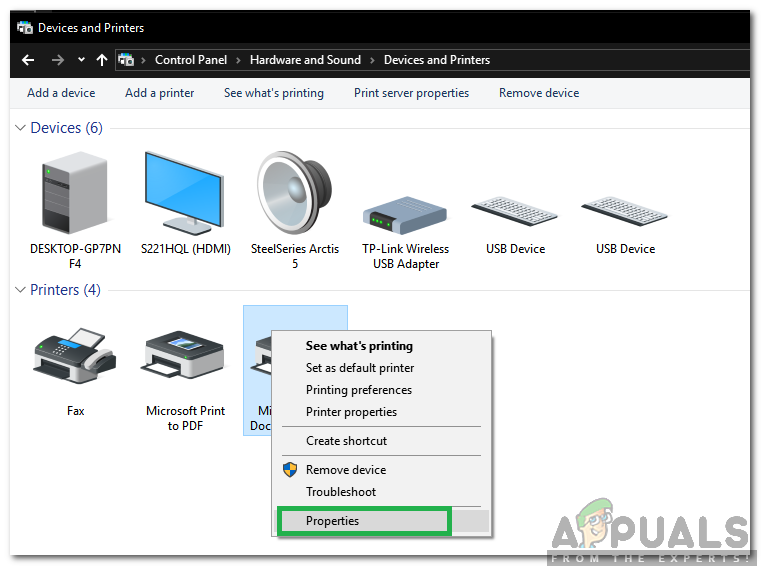
Right-clicking on the printer and selecting “Properties” - Check the “Share this Printer” and the “Render Print Jobs on Client Computers” option.
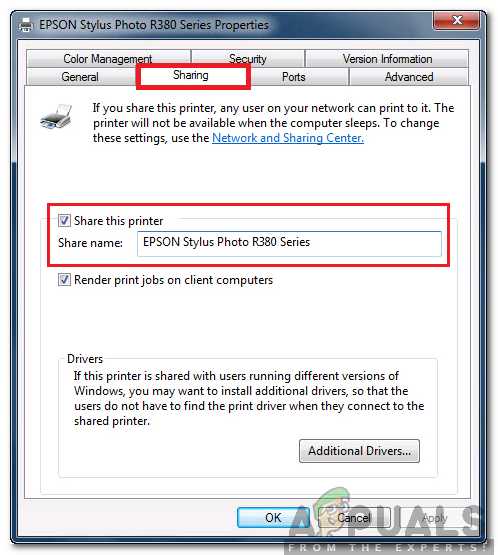
Clicking on the Sharing tab and selecting both the options - Right–click on the “Wifi” or “Ethernet” option in the system tray and select “Open Network and Internet Settings“.
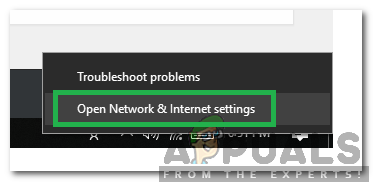
Right-clicking on the Icon and selecting “Open Network and Internet Settings” - Click on the “Sharing Options” button.
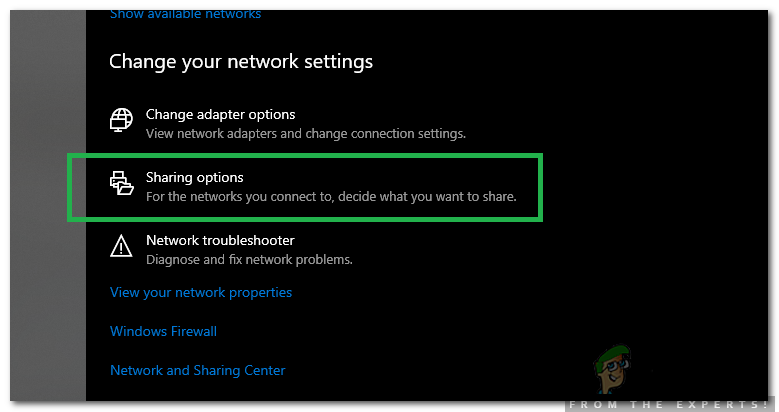
Clicking on the sharing options button - Check both the “Turn on Network Discovery” option and the “Turn on Printer and File Sharing” option.
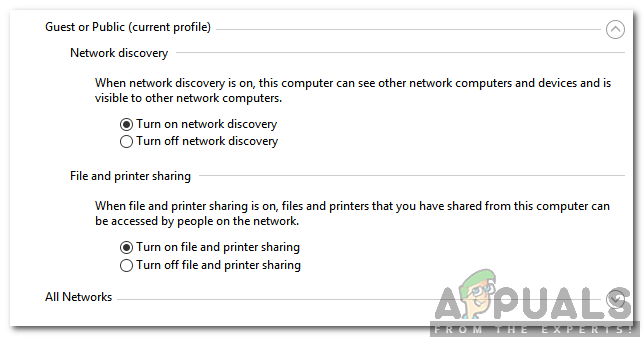
Checking both the options - Click on “Save Changes” and now your printer can be used by anyone on the network.





